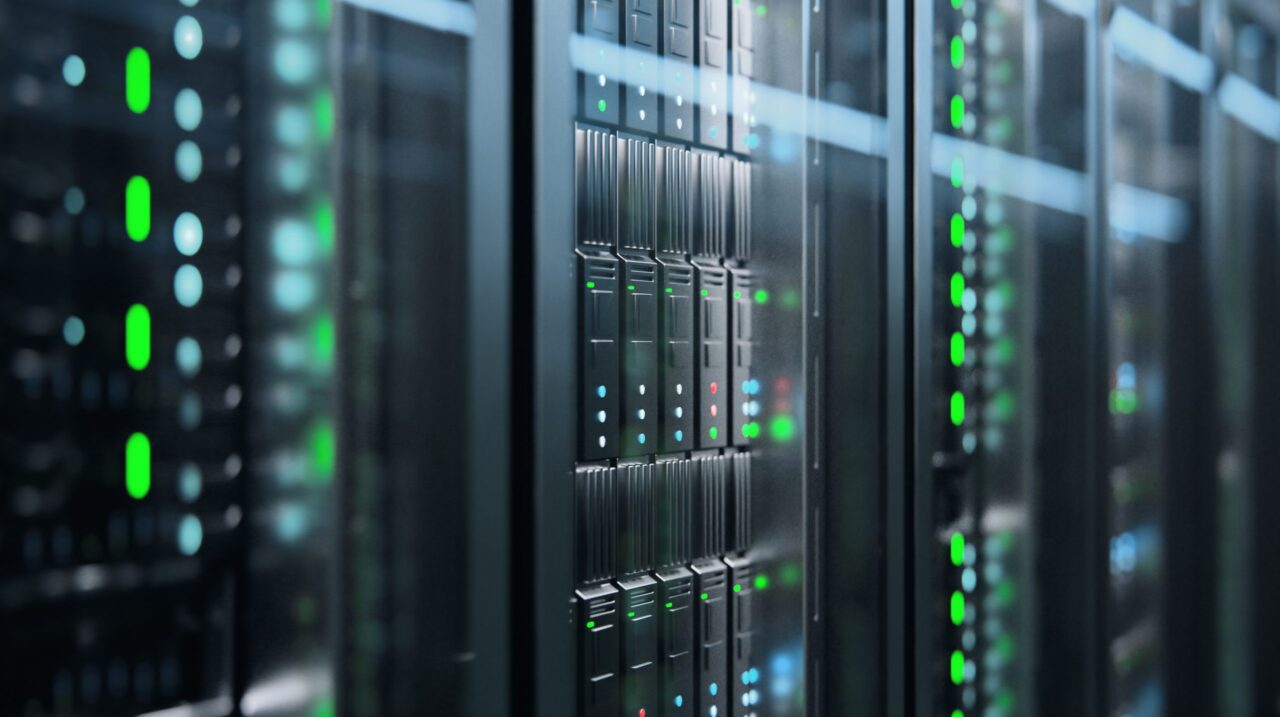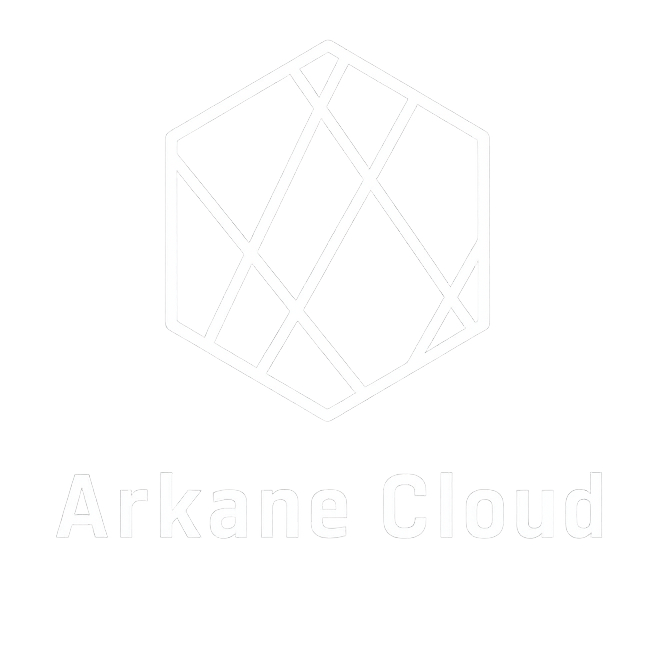Deep Learning with Serverless GPU: Use Cases

Introduction to Serverless GPUs and Deep Learning
The realm of serverless GPU computing and its application in deep learning is a pioneering frontier, pushing the limits of conventional cloud computing paradigms. As deep learning continues to evolve as a crucial technology for enhancing systems, the demand for more accessible, scalable, and cost-effective computational resources is surging. Serverless computing emerges as a compelling solution, offering on-demand resources and horizontal scalability, significantly simplifying resource consumption.
In the landscape of machine learning (ML), serverless GPUs are redefining the approach to model training. Traditionally, training large and sophisticated ML models has been a resource-intensive endeavor, demanding substantial operational skills. Serverless GPUs, with their ability to dynamically allocate resources, promise a more democratized access to ML techniques. However, this innovation is not without its challenges. The inherent design of serverless platforms, notably their stateless nature and limited GPU accessibility, poses significant hurdles for efficiently executing deep learning training.
To navigate these challenges, advancements like KubeML are stepping in. KubeML is a purpose-built deep learning system designed specifically for the serverless computing environment. It fully leverages GPU acceleration while adeptly reducing the communication overhead, a common bottleneck in deep learning workloads. This approach aligns with the constraints of the serverless paradigm, making it more conducive to deep learning applications. KubeML’s effectiveness is evident in its performance metrics, notably outperforming established frameworks like TensorFlow in specific scenarios, achieving faster time-to-accuracy rates, and maintaining a significant speedup in processing commonly used machine learning models.
The integration of serverless GPUs in deep learning is a striking example of how cloud computing is evolving to meet the ever-growing demands of advanced computational tasks. This development heralds a new era where deep learning can be more accessible, efficient, and cost-effective, opening new possibilities for innovation and application in various fields.
Advantages of Serverless GPU in Deep Learning
Serverless GPU computing in the cloud represents a significant shift in the way deep learning models are trained and executed. One of the primary advantages of this approach is the elimination of concerns regarding the underlying infrastructure. In a serverless GPU environment, the cloud provider manages the provisioning and maintenance of the servers, freeing users from the complexities of infrastructure management.
Deep learning models are computation-intensive, often requiring millions of calculations. Serverless GPUs, with their parallel processing capabilities, can dramatically decrease training times, potentially up to 300% faster than CPUs. This efficiency is due to the architectural difference between GPUs, which possess thousands of cores, and CPUs, which have fewer cores.
Another critical advantage of serverless GPUs is cost-effectiveness. Traditional on-premise GPU setups involve significant capital investment, sometimes reaching up to $300,000 for a high-end GPU server. This cost can be prohibitive for startups and smaller organizations. Serverless GPUs, on the other hand, follow a pay-as-you-go model. Users only pay for the compute resources they actually use, avoiding the financial burden of idle resources. This model also offers the flexibility to scale GPU power on demand, aligning resource consumption with actual workload requirements.
Optimizing GPU usage in a serverless environment is essential to maximize cost-efficiency. Accurate estimation of resource needs is key, as over or underestimation can lead to unnecessary costs or performance bottlenecks. While serverless GPUs provide an accessible pathway to GPU power, particularly for smaller organizations, it’s crucial to assess usage patterns and costs to determine if it’s the right fit for a specific organization.
In conclusion, serverless GPUs offer a scalable, cost-effective solution for deep learning, providing powerful computational capabilities without the need for significant capital investment or infrastructure management.
Challenges in Serverless Deep Learning
Implementing deep learning in a serverless environment presents a unique set of challenges that stem from the architecture’s very nature. One of the primary hurdles is the training and scaling of deep learning models. Unlike traditional environments, serverless architectures require dynamic scaling of GPU clusters, a task that is not only technically demanding but also carries significant cost implications. In a serverless setup, fully dynamic clusters are utilized for model training, which, while offering scalability, raises complexities in resource management and cost optimization.
Moreover, the serverless approach introduces challenges in model inference, particularly in balancing resource utilization and performance. The differences in resource requirements between training, which is a long-running, data-intensive task, and inference, which is comparatively short and data-light, complicate the efficient use of dynamic GPU clusters. This discrepancy necessitates a serverless architecture that is both simple and scalable, capable of swiftly adapting to varying computational loads.
Another challenge in serverless deep learning is the integration and coordination of different components of the cloud infrastructure. Efficiently linking the deep learning model with other cloud services, such as AWS’s API Gateway, SQS, and Step Functions, is crucial for creating seamless workflows. This integration is vital for addressing real-world business challenges like A/B testing, model updates, and frequent retraining.
While serverless architectures offer the advantage of a pay-as-you-go model, enabling businesses to scale according to their needs without incurring costs for idle resources, mastering this balance is a sophisticated task. It requires a deep understanding of the serverless paradigm and a strategic approach to resource allocation and utilization.
Use Cases of Serverless GPUs in Deep Learning
Serverless GPUs have ushered in a new era of possibilities for deep learning applications, offering a blend of scalability, cost-efficiency, and ease of use. A particularly illustrative use case of serverless GPUs in deep learning is image recognition. Leveraging the combined power of TensorFlow, a widely popular open-source library for neural networks, and serverless architectures, developers can efficiently deploy image recognition models.
The process begins with deploying a pre-trained TensorFlow model using serverless frameworks like AWS Lambda and API Gateway. This approach significantly simplifies the infrastructure traditionally required for deep learning models. For instance, an image recognition application can be structured to take an image as input and return a description of the object in it. This application can be widely used in various sectors, from automating content filtering to categorizing large volumes of visual data.
The real magic lies in the simplicity and efficiency of the serverless approach. Developers can deploy a deep learning model with minimal code, and the architecture scales automatically to handle high loads without additional logic. Moreover, the pay-as-you-go pricing model of serverless platforms means costs are directly tied to usage, eliminating expenses for idle server time.
An example of this can be seen in an image recognition application where the serverless setup takes an image, processes it through the deep learning model, and identifies objects within the image with high accuracy. This demonstrates not only the technical feasibility but also the practical utility of serverless GPUs in handling complex deep learning tasks with ease and efficiency.
Best Practices for Implementing Serverless GPUs in Deep Learning
When implementing serverless GPUs in deep learning, several best practices can ensure efficiency, cost-effectiveness, and optimal performance.
Simplified Deployment with Serverless Frameworks: Utilizing serverless frameworks such as AWS Lambda and API Gateway simplifies the deployment process. For example, deploying a deep learning model for image recognition can be achieved with minimal lines of code, leveraging the TensorFlow framework. This approach allows for scalable and cost-effective model deployment, removing the complexities associated with managing a cluster of instances.
Cost Management: A key advantage of serverless GPUs is the pay-as-you-go pricing model, which helps manage costs effectively. This model means you only pay for the compute resources you use, making it vital to accurately estimate resource needs to avoid over-reserving or under-utilizing resources.
Optimizing Resource Utilization: To maximize the benefits of serverless GPUs, it’s crucial to optimize resource usage. This involves understanding the differences in resource requirements for model training versus inference. For instance, while model training is resource-intensive, inference might require less computational power. Thus, choosing the right type of GPU and balancing the load is essential for cost and performance efficiency.
Scalability and Flexibility: Serverless GPUs offer the ability to scale AI and machine learning workloads on demand. This on-demand scalability is particularly beneficial for applications that experience variable workloads. For applications like image processing in self-driving cars or complex machine learning models in healthcare, serverless GPUs provide the necessary computational power with the flexibility to scale as needed.
Ease of Integration: Integrating deep learning models with serverless GPUs into existing cloud infrastructure is crucial for creating seamless workflows. This involves not only deploying the model but also ensuring that it works harmoniously with other cloud services and APIs.
By adhering to these best practices, organizations can leverage the full potential of serverless GPUs in deep learning, ensuring efficient, scalable, and cost-effective AI and machine learning operations.
Conclusion and Future Outlook
As we explore the future of serverless GPUs in deep learning, several key trends emerge, shaping the landscape of artificial intelligence and cloud computing. The evolution of GPU-based deep learning technologies points towards an increased reliance on cloud server solutions, offering powerful GPU capabilities on demand over the internet. This will likely lead to the development of hardware and software specifically designed for GPU-based deep learning applications, optimizing frameworks like TensorFlow and PyTorch.
Furthermore, the current trend of integrating GPUs into production workflows for deep learning is expected to accelerate. This integration facilitates faster and more cost-effective model iteration, leveraging the parallelized computing capabilities of GPUs. Such advancements are not just technical but also have significant business implications, enabling rapid and efficient processing of complex data sets.
As we look ahead, the role of GPUs in deep learning is poised to become more prominent, driving advancements in AI and offering new possibilities for complex computational tasks. Their influence on industry development and the direction of AI innovation will likely continue to grow, marking a transformative period in the field of deep learning.



 Jun 08,2024
Jun 08,2024  By Julien Gauthier
By Julien Gauthier